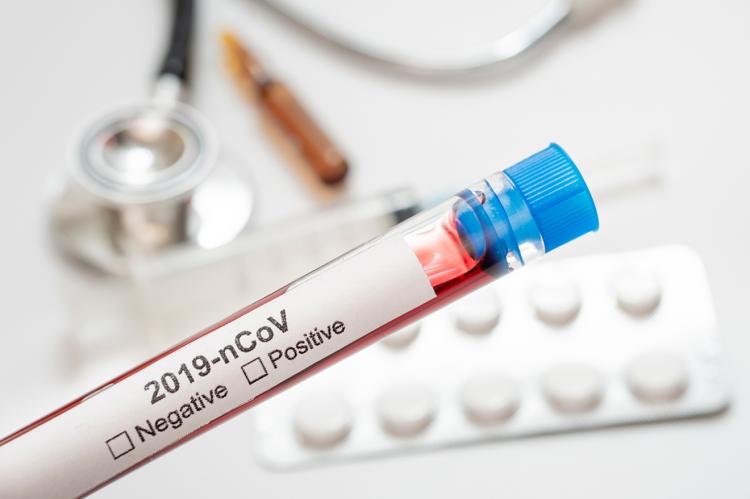More than half of rural counties in COVID red-zone
The number of new COVID-19 infections remained steady last week in rural America, but troubling levels of new infections placed an additional 68 rural counties on the White House red-zone list—an indication indicating that authorities in those counties need to do more to control the spread of the virus.
Included in the list of red-zone counties were Hemphill, Lipscomb, Roberts, Gray, Hutchison, and Hansford, here in Texas, and Cimarron, Texas and Beaver counties just across the state line in the Oklahoma Panhandle. A record-breaking 54 percent of the nation’s 1,976 rural counties were on the redzone list last week.
New infections in rural America climbed only marginally last week but still managed to set a record for the second week in a row. Last week, there were 60,968 new infections in rural counties, an increase of 58.
Hemphill County, with a population of 3,819, saw its greatest rate of growth in COVID-19 cases during this reporting period, which covered from Sunday to Saturday, Sept. 27-Oct. 3. During that time, new positive cases rose by ten—a rate equal to 261.8 per 100,000 population.
Those numbers do not include the 11 additional reports of positive COVID cases in this county since Monday.
Similar spikes were reported in Lipscomb County (pop. 3,233), where the number of new cases rose by four, a rate of 123.7 per 100,000. Roberts County (pop. 854) reported three new cases during the same period—an infection rate equal to 351.3 per 100,000. Hansford County (pop. 5,399) reported the highest rate of new cases—31—during the same week, which is the equivalent of 574.2 per 100,000.
The White House Coronavirus Task Force defines redzones as localities where the rate of new COVID-19 infections is 100 or more new cases per 100,000 residents. White House guidelines say locations on the red-zone list should consider additional measures to contain the virus, such as limiting operating hours or closing bars and restaurants, requiring the use of face coverings, and limiting the size of social gatherings.


